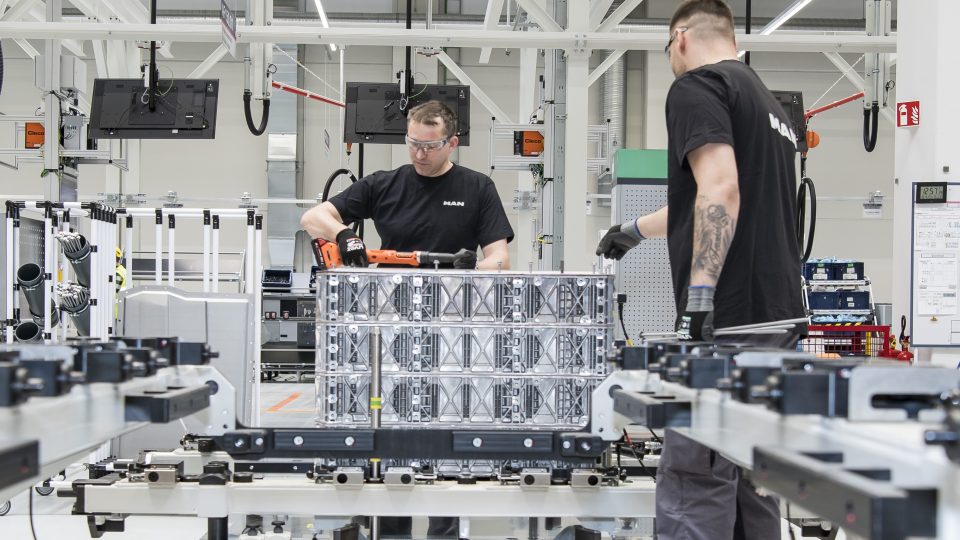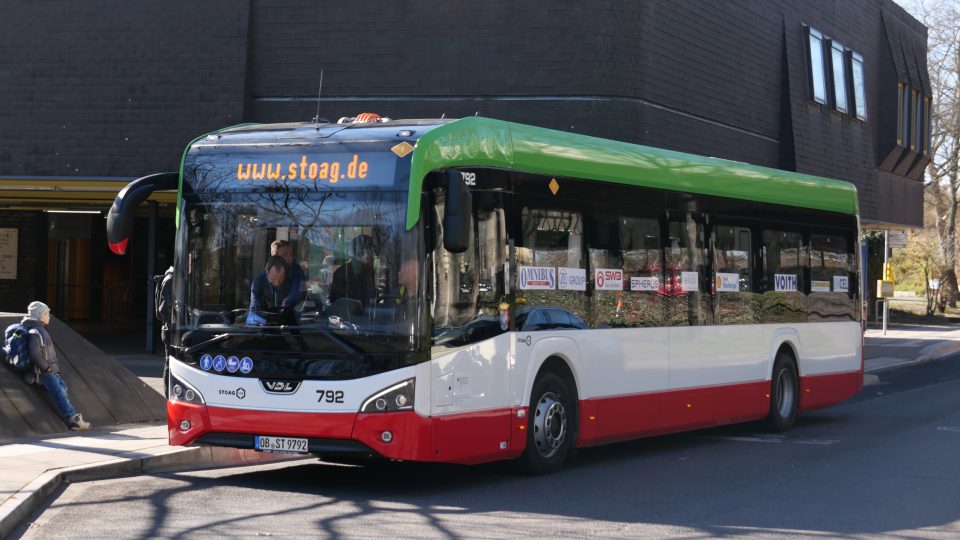Intercity e-bus Volvo 8900 Electric launched based on new BZR chassis. It’ll be ready in 2025
The new Volvo 8900 Electric is an electric low-entry bus for city, intercity, and commuter operations. It is offered in both two- and three-axle configurations, with a capacity of up to 110 passengers. The driveline can be specified with one or two motors, giving a traction power of up to 400kW, or 540 hp, in combination with the modular battery arrangement of up to 540 kWh. It joins the low-floor platform already in daily operation in 25 countries.
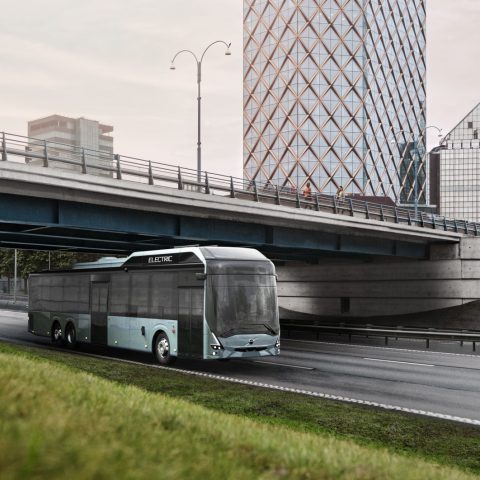
Volvo Buses launches Volvo 8900 Electric intercity bus, thus extending its European electromobility offer to include operations outside and between cities.
The first versions of the Volvo 8900 Electric will be available in “selected European markets during 2025”, Volvo Buses states. Sizes? 12,296 and 14,896 mm.
A concept for the future electric bus Volvo 8900 Electric is built on the just-launched Volvo BZR Electric chassis – a platform based on a Volvo Group common e-mobility architecture. The body for the Volvo 8900 Electric will be manufactured by the selected partner, MCV.

Volvo 8900 Electric ready in 2025
The new Volvo 8900 Electric is an electric low-entry bus for city, intercity, and commuter operations. It is offered in both two- and three-axle configurations, with a capacity of up to 110 passengers on the longest version, where up to 57 seats can be mounted. On the 12-meter, capacity is up to 88 passengers (43 of them seated).
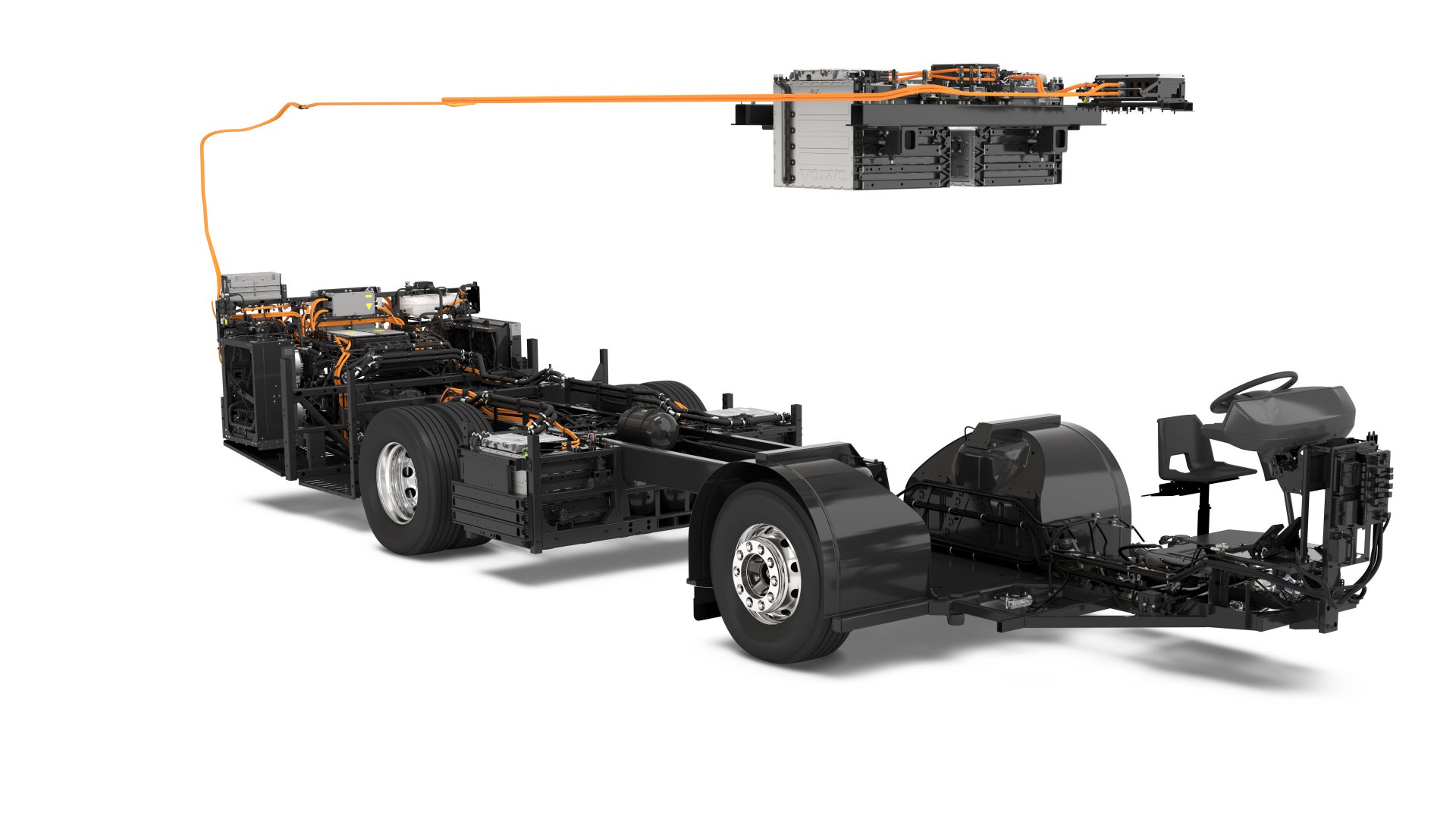
The driveline can be specified with one or two motors, giving a traction power of up to 400kW, or 540 hp, in combination with the modular battery arrangement of up to 540 kWh on the 15-meter (450 on the 12-meter version). It joins the low-floor platform already in daily operation in 25 countries.
The Volvo 8900 Electric comes with multi-function steering wheel and a dynamic instrument cluster provide a superior overview of important driver information, enhancing driver focus and control.
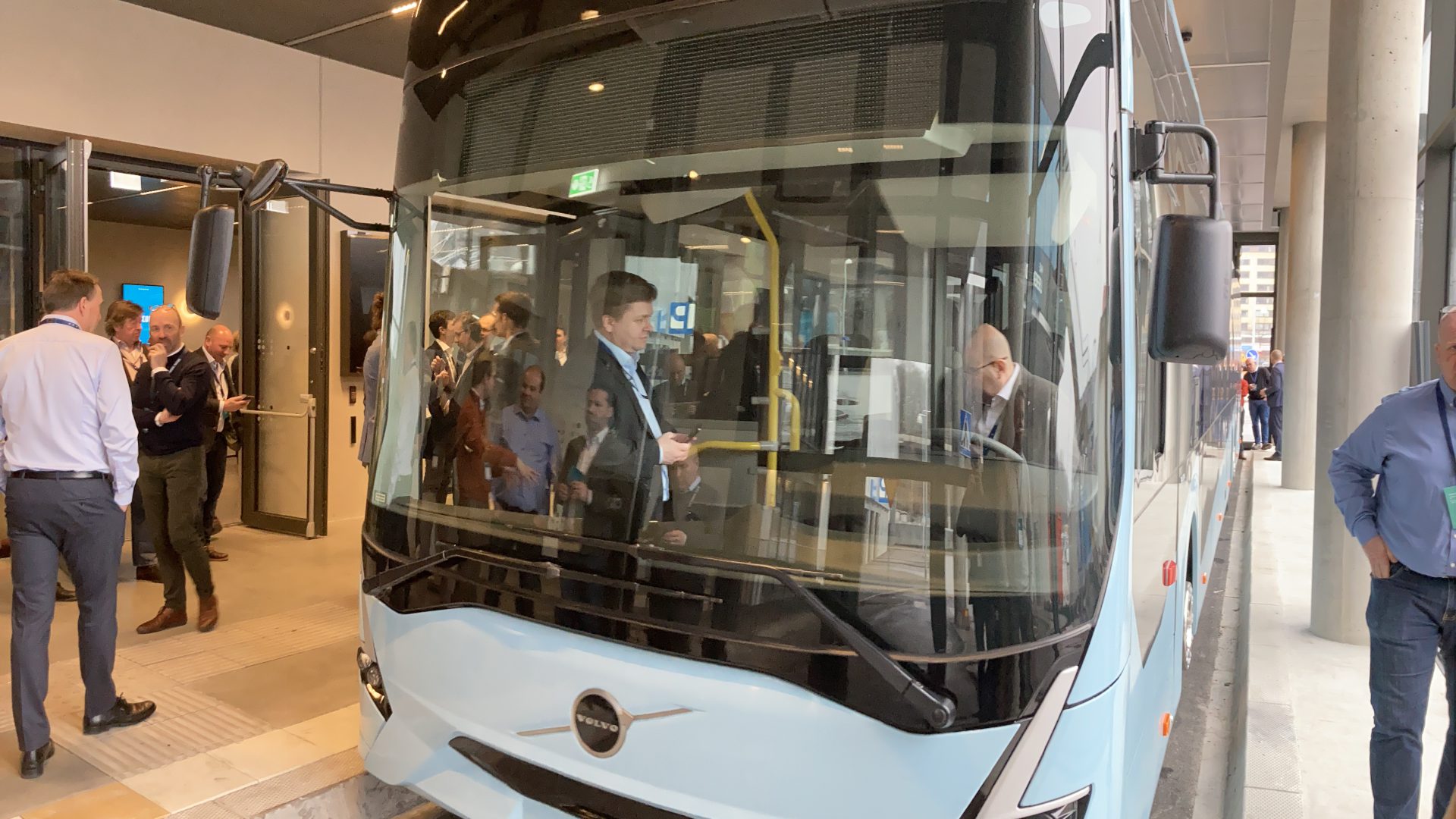
The Volvo 8900 Electric comes with all of Volvo Buses’ active safety systems. These include several safety features with a special focus on the protection of vulnerable road users such as cyclists and pedestrians. One example is Volvo collision warning system: “it doesn’t only react to vehicles, which is the legal requirement, but also to pedestrians and cyclists. The safety systems exceed the new EU regulations, as well as the legal requirements of most countries outside the EU”, Volvo stresses.
In March 2023, Volvo Buses announced the decision to cease the production of complete buses, both urban and coach, in Europe. Then, the company had signed letters of intent with MCV for the manufacture of bodies for city and intercity buses, and with Sunsundegui for tourist buses. The definitive agreement signed with MCV included the development “an electric bus for intercity traffic”.
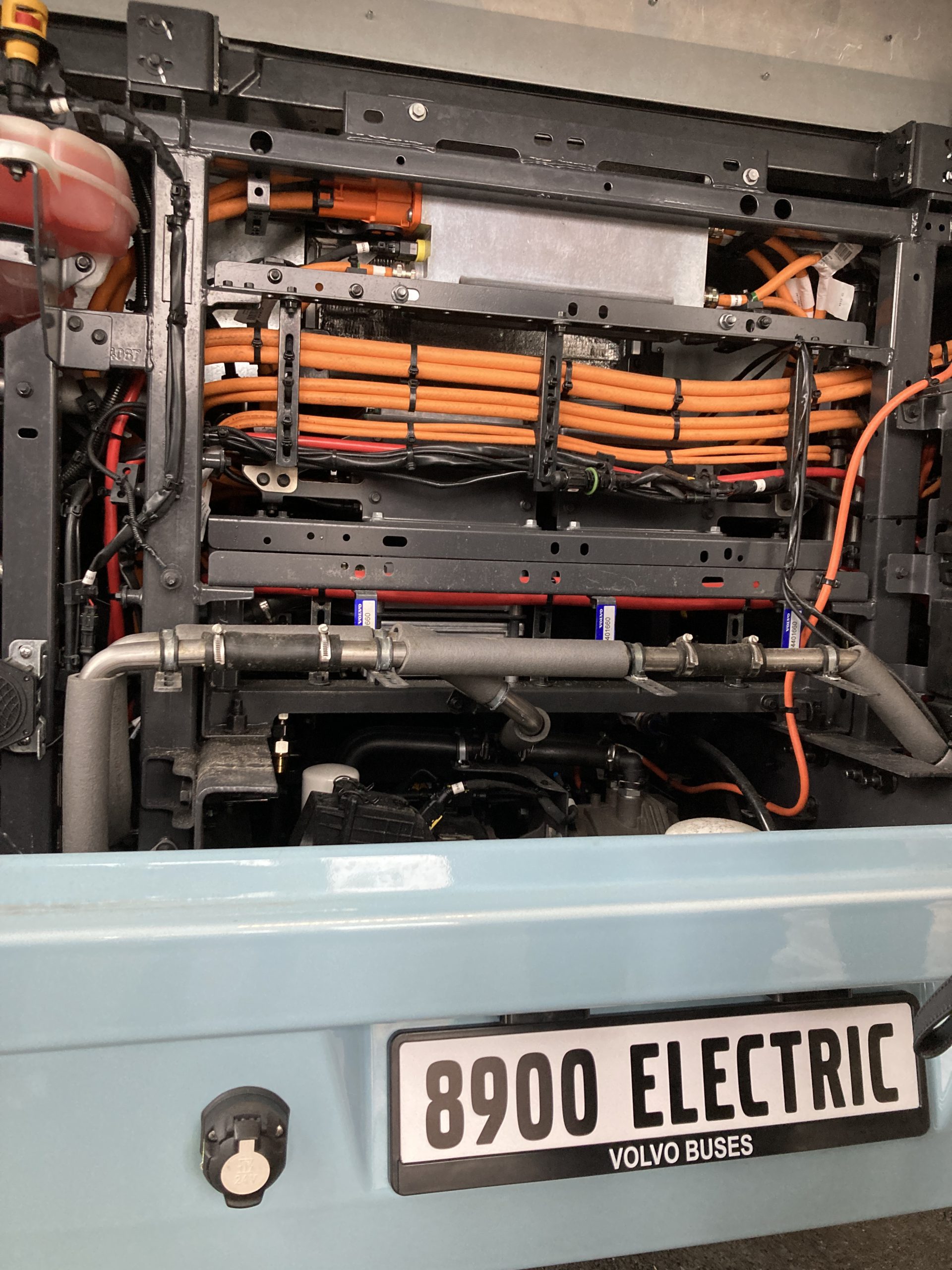
Volvo 900 Electric: “logical” inclusion of e-buses for intercity transport
“It’s logical to include electrified solutions for intercity, transit, and commuter operations. The 8900 Electric is a dedicated European offer and another major step in our efforts to provide efficient and sustainable people transport solutions,” says Thomas Nylund, head of Volvo Buses Europe.
“In Europe electromobility continues to grow, and at Volvo Buses we have gathered more than a decade of first-hand experience, together with customers and partners. With the launch of the Volvo 8900 Electric, we’re convinced that we now have a product and a complete offer that will be a long-term solution for customers”, adds Thomas Nylund.




